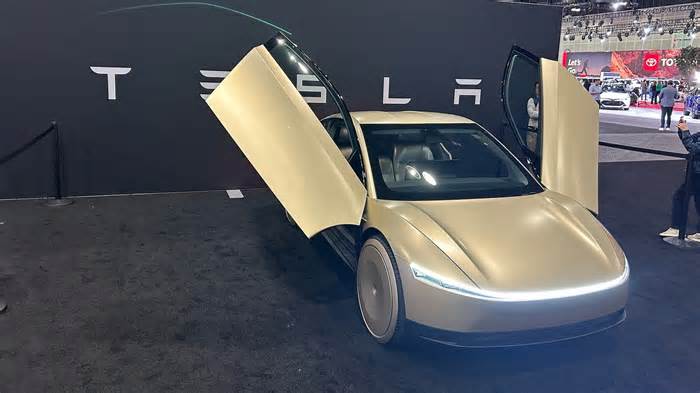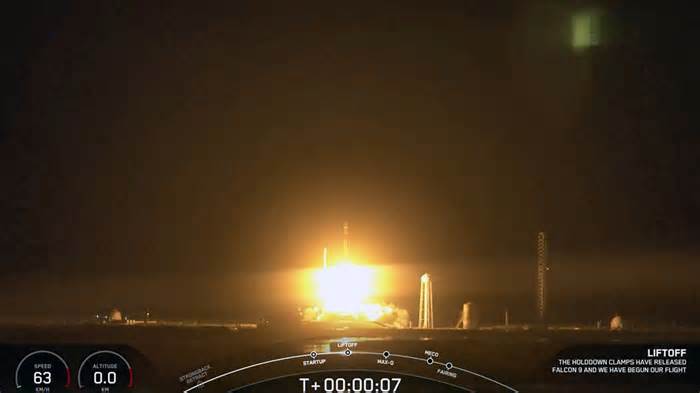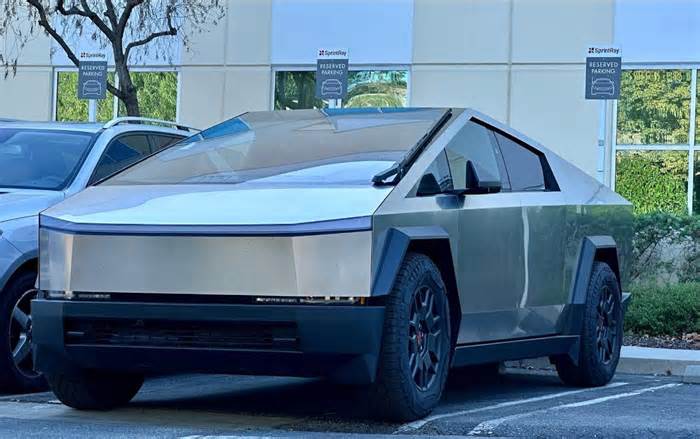
NASA to make lunar cargo delivery awards to Blue Origin and SpaceX
- by SpaceNews
- Nov 24, 2024
- 0 Comments
- 0 Likes Flag 0 Of 5

NASA
BERLIN — NASA plans to use cargo versions of Artemis lunar landers under development by Blue Origin and SpaceX to deliver a pressurized rover and surface habitat to the lunar surface in the early 2030s.
NASA announced it will add work to existing contracts for development of cargo versions of Blue Origin’s Blue Moon and SpaceX’s Starship to deliver payloads to the surface of the moon, the first such awards since the agency announced in January that it was directing the two companies to work on cargo versions of their Human Landing System (HLS) spacecraft.
NASA said Starship will deliver no earlier than fiscal year 2032 the pressurized rover that the Japanese space agency JAXA is developing under an agreement announced in April. Blue Moon will deliver a lunar surface habitat no sooner than fiscal year 2033.
“Based on current design and development progress for both crew and cargo landers and the Artemis mission schedules for the crew lander versions, NASA assigned a pressurized rover mission for SpaceX and a lunar habitat delivery for Blue Origin,” Lisa Watson-Morgan, NASA HLS program manager, said in a Nov. 19 statement.
NASA did not disclose the value of the impending awards to the two companies for those missions. NASA said in its statement that it will issue a request for proposals to the two companies in early 2025 for those missions, and didn’t explain why it announced the planned awards months in advance.
The agency also did not disclose why it selected each company for its specific cargo mission. “Having two lunar lander providers with different approaches for crew and cargo landing capability provides mission flexibility while ensuring a regular cadence of moon landings for continued discovery and scientific opportunity,” Steve Creech, NASA assistant deputy associate administrator for technical in the Moon to Mars Program Office, said in the statement.
NASA revealed in January that it had directed the two companies to start work on cargo versions of their HLS landers. The agency said then that the landers are designed to deliver a minimum of 12 to 15 metric tons to the lunar surface, far more than the robotic landers the agency uses in its ongoing Commercial Lunar Payload Services program for delivery of science and technology demonstration payloads.
NASA said in January that initial work on the cargo versions of Blue Moon and Starship would be done under existing HLS awards and would not require additional funding.
Related
Please first to comment
Related Post
Stay Connected
Tweets by elonmuskTo get the latest tweets please make sure you are logged in on X on this browser.
Sponsored
Popular Post
Middle-Aged Dentist Bought a Tesla Cybertruck, Now He Gets All the Attention He Wanted
32 ViewsNov 23 ,2024
Tesla: Buy This Dip, Energy Growth And Margin Recovery Are Vastly Underappreciated
28 ViewsJul 29 ,2024






 Energy
Energy



















